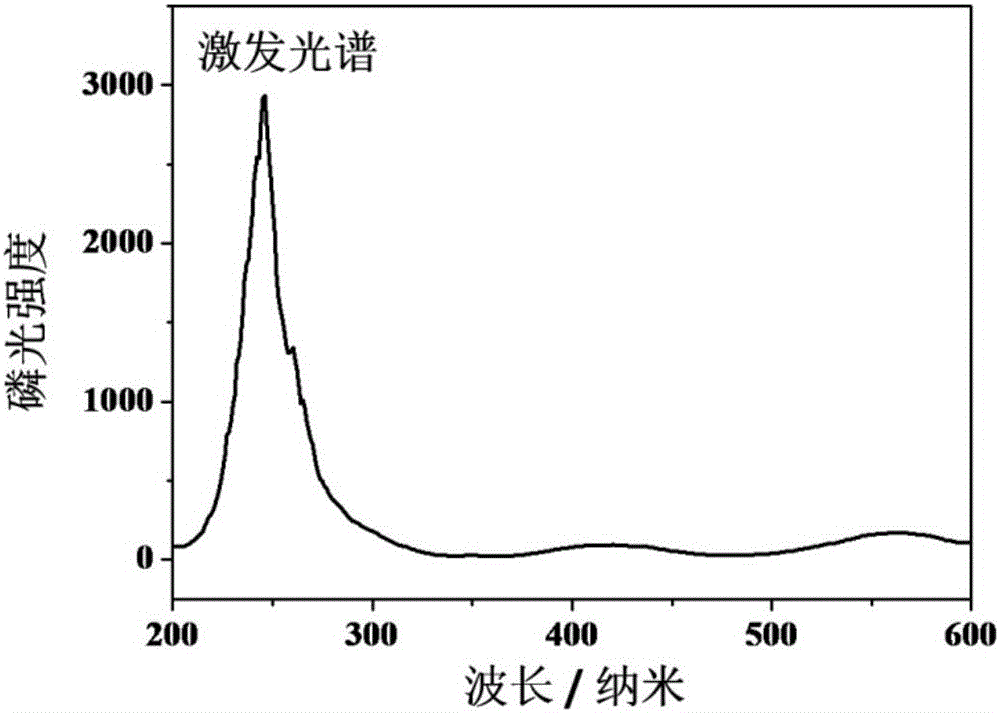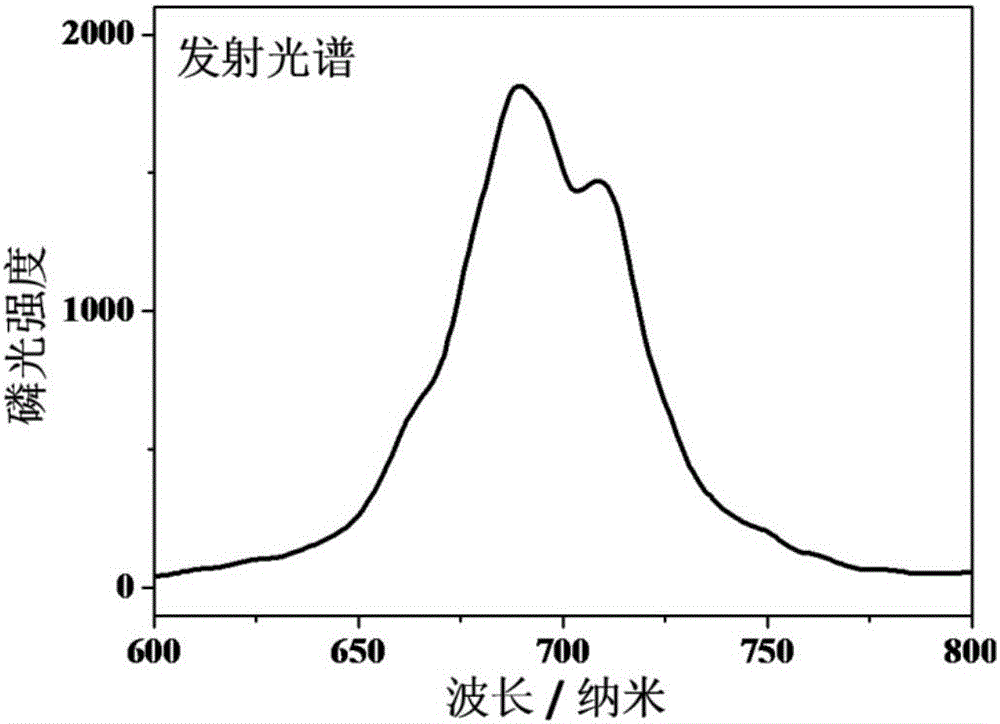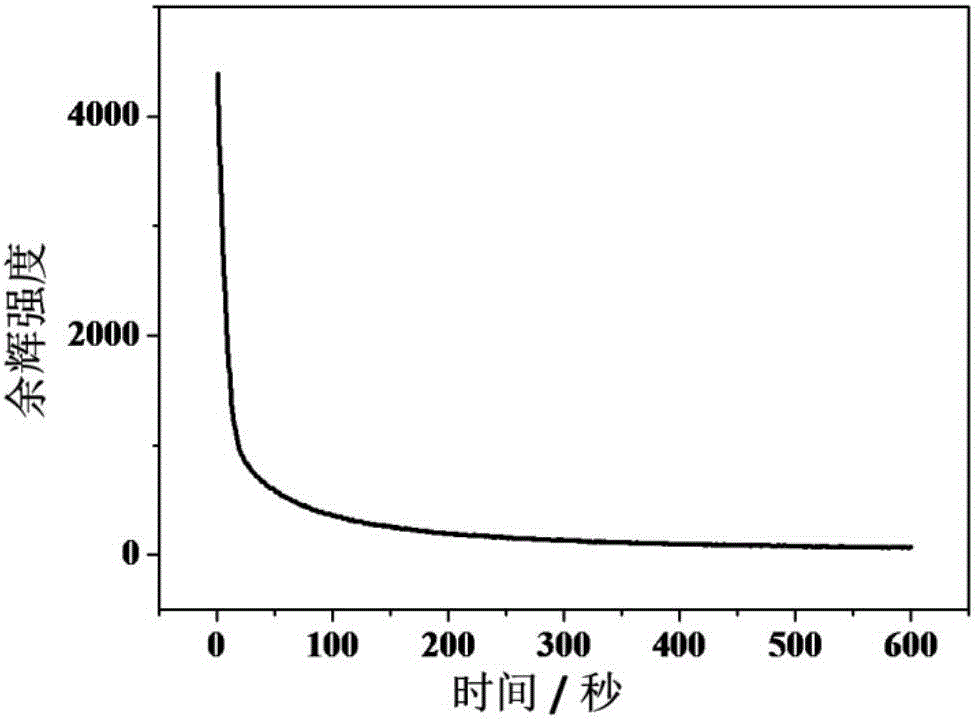Preparation method of near-infrared long afterglow luminescent nanometer particle
A nanoparticle and external length technology, which is applied in the field of preparation of near-infrared long-lasting luminescent nanoparticles, can solve the problems that are not conducive to the biological tissue penetration ability of long-lasting nanoparticles, the large size of long-lasting nanoparticles, and the difficulty of optical imaging. , to achieve the effect of low cost, long afterglow time and small particle size
- Summary
- Abstract
- Description
- Claims
- Application Information
AI Technical Summary
Problems solved by technology
Method used
Image
Examples
Embodiment 1
[0019] A method for preparing near-infrared long-lasting luminous nanoparticles, which is prepared by a mesoporous silica template method, and the steps are as follows:
[0020] 1) Dissolving triblock copolymer surfactant P123 in hydrochloric acid solution and deionized aqueous solution with a concentration of 1.6 mol / liter to obtain a mixed solution, and then adding tetraethyl orthosilicate (TEOS) to the mixed solution, three The mass ratio of block copolymer surfactant P123, hydrochloric acid, deionized water and TEOS is 5:0.084:19:170, stirred in a water bath at 30°C for 24 hours, and then hydrothermally treated at 100°C for 48 hours. Calcined in a muffle furnace at 550°C for 5 hours to obtain mesoporous silica;
[0021] 2) the zinc nitrate aqueous solution with a concentration of 0.2 mol / liter, the gallium nitrate aqueous solution with a concentration of 0.2 mol / liter, the germanium ion solution with a concentration of 0.2 mol / liter, the chromium nitrate aqueous solution w...
Embodiment 2
[0027] A method for preparing near-infrared long-lasting luminescent nanoparticles, prepared by mesoporous silica template method, the steps and method are basically the same as in Example 1, the difference is: step 2) co-doped trivalent rare earth ion nitric acid The brine solution is an aqueous solution of praseodymium nitrate.
[0028] The long-lasting luminescent nanoparticles prepared in this example were taken as samples for observing afterglow and characterizing, and the test results were similar to Example 1.
[0029] The long-lasting luminescent nanoparticles prepared in this example were taken as samples for observing afterglow and characterizing, and the test results were similar to Example 1.
Embodiment 3
[0031] A method for preparing near-infrared long-lasting luminescent nanoparticles, prepared by mesoporous silica template method, the steps and method are basically the same as in Example 1, the difference is: step 2) co-doped trivalent rare earth ion nitric acid The brine solution is an aqueous solution of ytterbium nitrate.
[0032] The long-lasting luminescent nanoparticles prepared in this example were taken as samples for observing afterglow and characterizing, and the test results were similar to Example 1.
PUM
 Login to View More
Login to View More Abstract
Description
Claims
Application Information
 Login to View More
Login to View More - R&D
- Intellectual Property
- Life Sciences
- Materials
- Tech Scout
- Unparalleled Data Quality
- Higher Quality Content
- 60% Fewer Hallucinations
Browse by: Latest US Patents, China's latest patents, Technical Efficacy Thesaurus, Application Domain, Technology Topic, Popular Technical Reports.
© 2025 PatSnap. All rights reserved.Legal|Privacy policy|Modern Slavery Act Transparency Statement|Sitemap|About US| Contact US: help@patsnap.com



